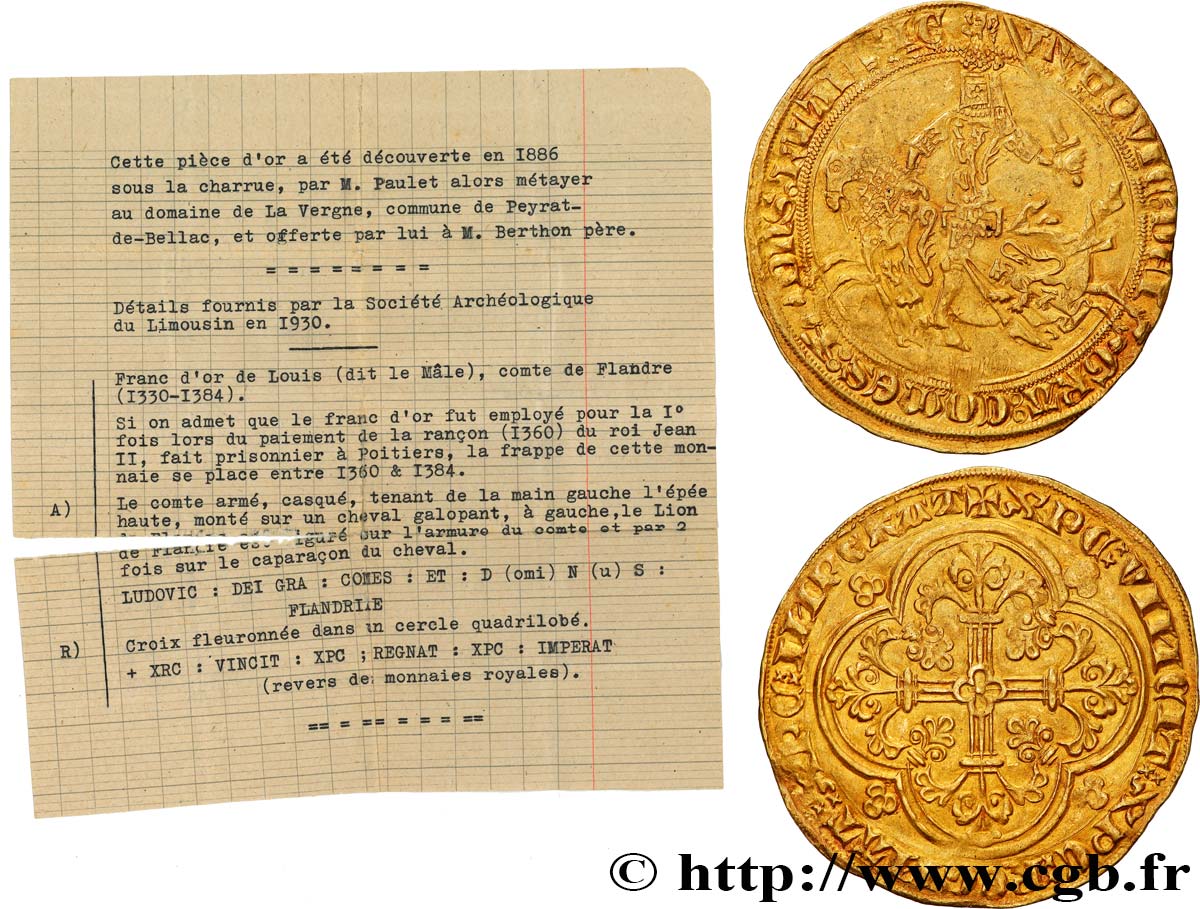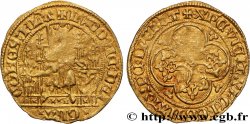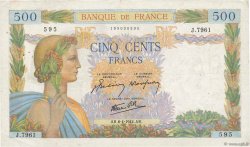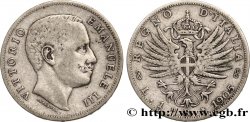Назад 1/1
Live auction - bfe_743263 - COUNTY OF FLANDRE - LOUIS OF MALE Franc à cheval
Чтобы принять участие в торгах, вы должны войти в систему и стать подтвержденным участником аукциона. Войдите, чтобы сделать ставку. Ваш аккаунт будет подтвержден в течение 48 часов. Не ждите до закрытия торгов, чтобы зарегистрироваться.Сделав ставку на данный товар, вы вступаете в юридическое соглашение на покупку выбранного товара и нажатием кнопки «Сделать ставку» подтверждаете принятие вами условий интернет-аукционов cgb.fr.
Ставка может бить сделана только в полном эквиваленте евро. Торги закроются согласно времени, указанному в описании товара, все ставки, сделанные после закрытия торгов, учитываться не будут. Не следует откладывать предложение вашей ставки до последнего момента, так как система может не успеть обработать вашу заявку, и ваша ставка не будет принята. Более детальную информацию вы найдёте здесь: FAQ по интернет-аукционам.
Все ставки победителей подлежат комиссии 18%.
Все ставки победителей подлежат комиссии 18%.
| Оценить : | 3 000 € |
| Цена : | 2 600 € |
| Максимальная предлагаемая цена : | 2 900 € |
| Конец торгов : | 07 June 2022 18:47:08 |
| Участников : | 5 Участников |
Тип Franc à cheval
Дата: c. 1361-1364
Монетный двор / Город: Gand
Количество отчеканенных монет: 81000
Металл: gold
Проба: 1000 ‰
Диаметр: 30 mm
Ориентация осей монеты: 4 h.
Вес: 3,81 g.
Редкость: R2
Комментарии о состоянии
Ce franc est frappé sur un flan large et légèrement irrégulier. Exemplaire présentant d’agréables reliefs
Ссылки в каталоге: :
Происхождение:
Exemplaire découvert en 1886 sur la commune Peyrat-de-Bellac (Haute-Vienne), dans le domaine de La Vergne
Лицевая сторона
Аверс: легенда: LVDOVIC': DEI - GRA: COMES: I - DNS: FLADRIE, (PONCTUATION PAR DEUX ANNELETS SUPERPOSÉS).
Аверс: описание: Louis de Male à cheval galopant à gauche, l'épée haute, coiffé d'un heaume sommé d'un lion, portant par dessus sa cotte de mailles une cotte d'armes au lion ; le caparaçon du cheval porte deux lions.
Аверс: перевод: (Louis, par la grâce de Dieu, comte et seigneur de Flandre).
Обратная сторона
Реверс: легенда: + XPCX VINCITX XPCX REGNATX XPCX INPERAT, (N RÉTROGRADES, PONCTUATION PAR DEUX SAUTOIRS SUPERPOSÉS).
Реверс: Описание: Croix feuillue avec quadrilobe en cœur dans un quadrilobe anglé et orné de palmettes, cantonnée de quatre trèfles évidés.
Реверс: перевод: (Le Christ vainc, le Christ règne, le Christ commande).
Комментарий
Exemplaire accompagné d’une notice dactylographiée : “Cette pièce d’or a été découverte en 1886 sous la charrue, par M. Paulet alors métayer au domaine de La Vergne, commune de Peyrat-de-Bellac, et offerte par lui à M. Berthon père. Détails fournis par la Société Archéologique du Limousin en 1930.
Franc d’or de Louis (dit le Mâle), comte de Flandre (1330-1384). Si on admet que le franc d’or fut employé pour la 1° fois lors du paiement de la rançon (1360) du roi Jean I, fait prisonnier à Poitiers, la frappe de cette monnaie se place entre 1360 & 1384.
A/ Le comte armé, casqué, tenant de la main l’épée haute, monté sur un cheval galopant, à gauche, le lion de Flandre est figuré sur l’armure du comte et par 2 fois sur le caparaçon du cheval. LUDOVIC: DEI GRA: COMES: ET: D(omi)N(U)s: FLANDRIAE. R/ Croix fleuronnée dans un cercle quadrilobé. + XPC: VINCIT: XPC: REGNAT: XPC: IMPERAT (revers des monnaies royales)”.
example accompanied by a typewritten note: “This gold coin was discovered in 1886 under the plough, by Mr Paulet, then a sharecropper on the estate of La Vergne, commune of Peyrat-de-Bellac, and offered by him to Mr Berthon senior. Details provided by the Limousin Archaeological Society in 1930. Gold franc of Louis (called the Male), Count of Flanders (1330-1384). If we accept that the gold franc was used for the first time during the payment of the ransom (1360) of King John I, taken prisoner in Poitiers, the minting of this coin takes place between 1360 and 1384. A/ The armed count, helmeted, holding the sword high in his hand, mounted on a galloping horse, on the left, the lion of Flanders is depicted on the count’s armour and twice on the horse’s caparison. LUDOVIC: DEI GRA: COMES: ET: D(omi)N(U)s: FLANDRIAE. R/ Flowered cross in a quadrilobed circle. + XPC: VINCIT: XPC: REGNAT: XPC: IMPERAT (reverse of royal coins)”
Franc d’or de Louis (dit le Mâle), comte de Flandre (1330-1384). Si on admet que le franc d’or fut employé pour la 1° fois lors du paiement de la rançon (1360) du roi Jean I, fait prisonnier à Poitiers, la frappe de cette monnaie se place entre 1360 & 1384.
A/ Le comte armé, casqué, tenant de la main l’épée haute, monté sur un cheval galopant, à gauche, le lion de Flandre est figuré sur l’armure du comte et par 2 fois sur le caparaçon du cheval. LUDOVIC: DEI GRA: COMES: ET: D(omi)N(U)s: FLANDRIAE. R/ Croix fleuronnée dans un cercle quadrilobé. + XPC: VINCIT: XPC: REGNAT: XPC: IMPERAT (revers des monnaies royales)”.
example accompanied by a typewritten note: “This gold coin was discovered in 1886 under the plough, by Mr Paulet, then a sharecropper on the estate of La Vergne, commune of Peyrat-de-Bellac, and offered by him to Mr Berthon senior. Details provided by the Limousin Archaeological Society in 1930. Gold franc of Louis (called the Male), Count of Flanders (1330-1384). If we accept that the gold franc was used for the first time during the payment of the ransom (1360) of King John I, taken prisoner in Poitiers, the minting of this coin takes place between 1360 and 1384. A/ The armed count, helmeted, holding the sword high in his hand, mounted on a galloping horse, on the left, the lion of Flanders is depicted on the count’s armour and twice on the horse’s caparison. LUDOVIC: DEI GRA: COMES: ET: D(omi)N(U)s: FLANDRIAE. R/ Flowered cross in a quadrilobed circle. + XPC: VINCIT: XPC: REGNAT: XPC: IMPERAT (reverse of royal coins)”








 Cообщить об ошибке
Cообщить об ошибке Распечатать страницу
Распечатать страницу Отправить мой выбор
Отправить мой выбор Задать вопрос
Задать вопрос Consign / sell
Consign / sell
 Информация
Информация










